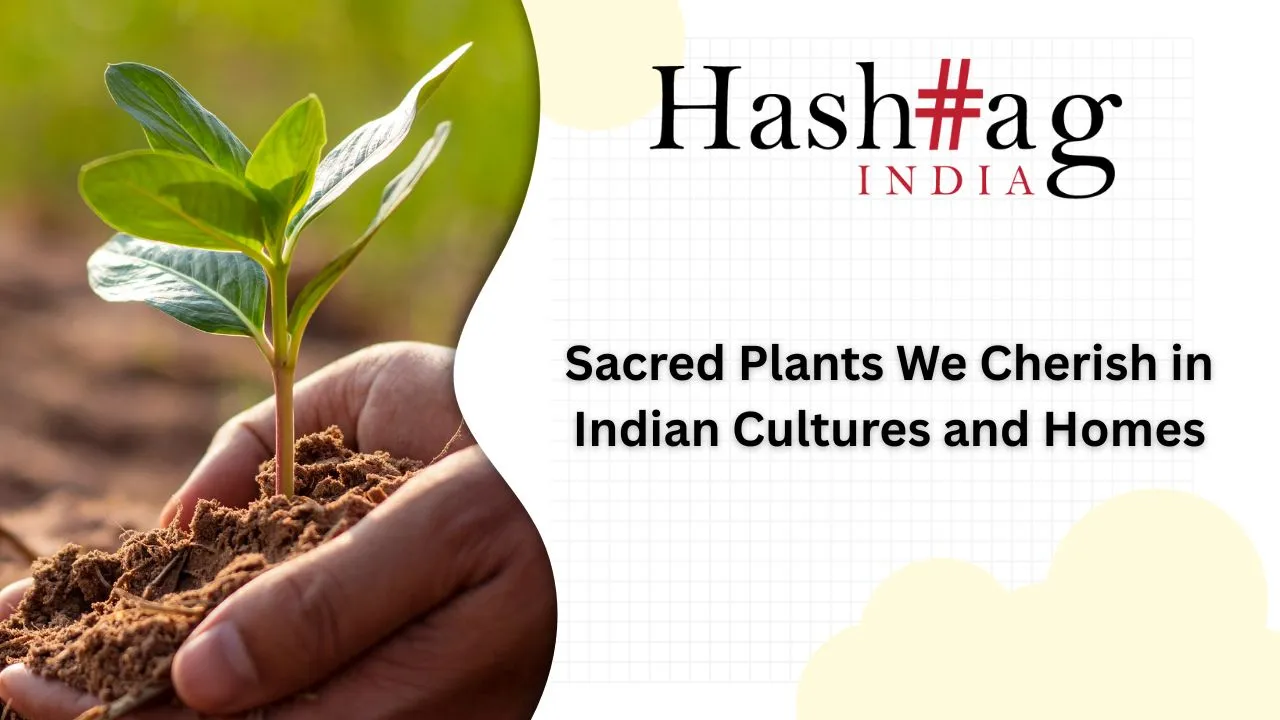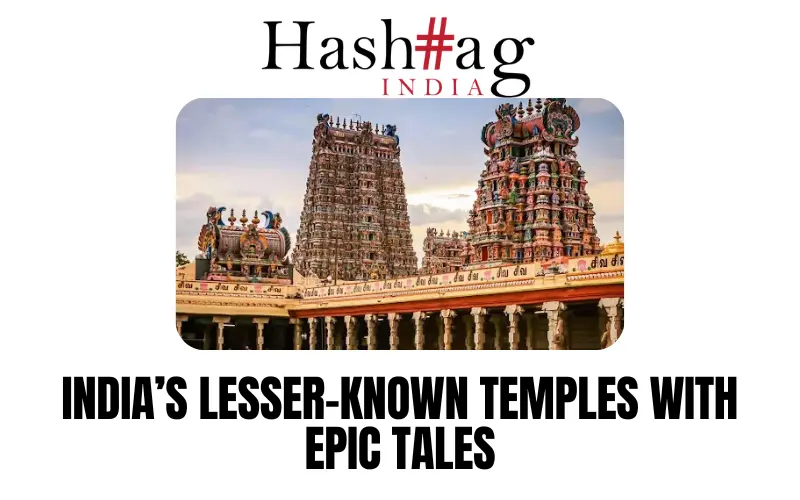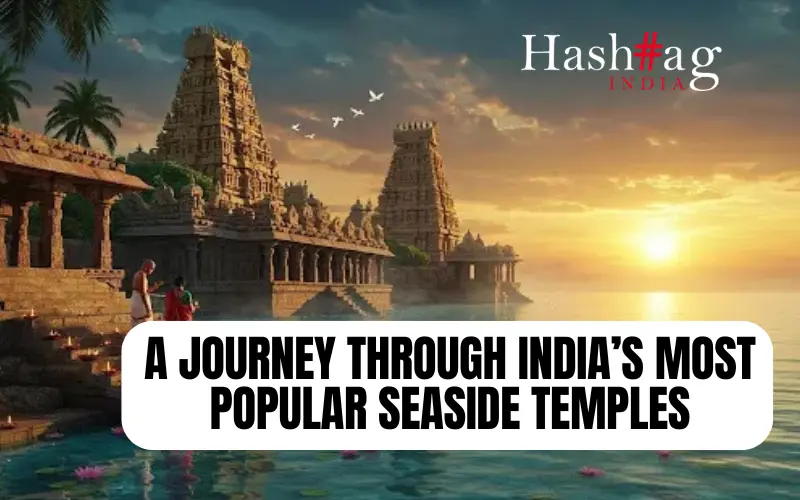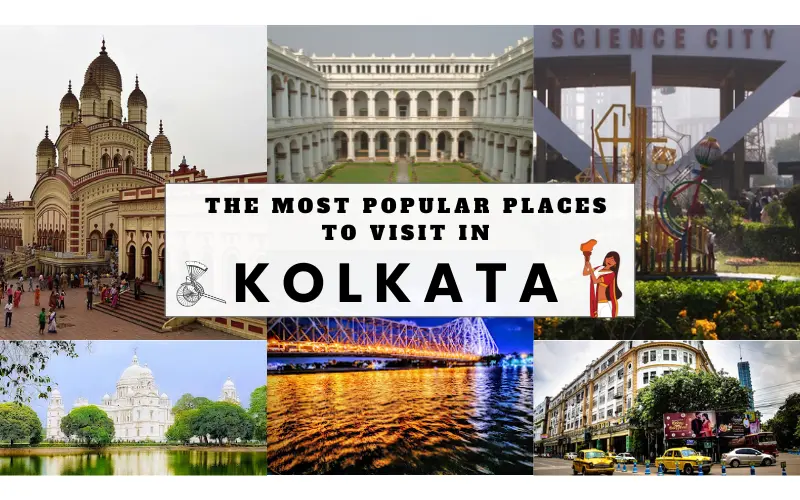Tucked away in the suburbs in a village called Kuilapalayam, between Pondicherry and Auroville, Wunderhaus- an artist’s getaway, is a quirky homestay with a conscience. Indira Penubolu discovers what sets this particular destination apart.
The devil is in the details here at Wunderhaus, Pondicherry… Right from that famous aged stained glass window at the entrance, the ancient wooden doorway, the beautiful vibrant blue Athangudi tiles that you step on as you enter and the Chettinad pillars that adorn the central courtyard—everything embodies creativity and art.
Founded and managed by Kedar Maddula, a fashion and space designer, this solar powered homestay also has a beautiful indigenous organic garden- home to fruit trees such as cashew, anmango, papaya, chikoo, soursop, banana, kumquat lemons and lots of other interesting flora and fauna.
Listed on AirBnB, this homestay is primarily nomadic, and deeply rooted in local culture. Kedar brings back little souvenirs and cultures to the home which in itself is an institution. Each piece of furniture is handpicked and unique, be it the custom-made bamboo recliners, the wooden benches and trunks, the swing near the entrance or the hammocks in the courtyard hanging on the branches of the cashew tree.
The windows of Wunderhaus deserve a special mention and are nothing short of a visual treat, each a unique shape, size and colour. Some are embellished in beautiful stained glass of different colours while others have ancient tiles with roses on them; yet others have artistic cement grills depicting creepers and flowers.
The tiny details on the walls, the cubby holes that hold lamps and candles and shelves holding unique items from the past could be as random as the brass tiffin box carrier or the collection of brightly coloured wooden animals- the frog, walrus, fish, cow, pig, crow, rooster all souvenirs from different parts of the world. At the foot of the semicircular white wall, onto which movies can be projected, you can also find a few mice painted; one holding an Indian flag and a couple smooching away in love.
The rectangular pond with a tall skunk tree on its island is filled with lotus plants, fish and frogs. The vibrant mosaic wall art of a girl’s legs chilling in the pond with a bottle by her side is visually epic. Stay long enough and you may be able to make friends with the shy fresh water shark in the other pond hidden under the staircase.
Each of the guest rooms has a unique name and theme. The sea room is large and blue with a semicircular wall on one end with waves painted on, and a surfboard finishing off the look. The ceiling sparkles with sequins and is studded with round paper lanterns. The bathroom wall is partly made of quarried rocks with conch shells built in and has a pebbled flooring. The Budget Backpackers room, also in blue with Athangudi tiles, is a small cosy room with a single bed and no attached bath. The Berlin room, decorated in paraphernalia from Berlin, has a cemented double bed with an interesting cement bag-finish ceiling. There’s also the jasmine, garden, and artists rooms all unique to their themes.
The common kitchen, painted in deep blue with a caricature of a cat and fish on one wall and terracotta fish and snails embedded in another, is a clutter of utensils – some steel, but others even brass and copper and some beautiful hand glazed, terracotta mugs and plates. Equipped with a mortar and pestle, an old oven and a refrigerator, and stacked with a variety of cold pressed oils and spices, one could cook up anything from mushroom stuffed grilled chicken to a black rice payasam.
Wunderhaus is famous for its breakfast which is inclusive for the houseguests. Be pleasantly surprised by the visually beautiful, cold red banana and millet smoothie bowl, or the double beans and pumpkin hummus served with sourdough bread, tomato egg and chicken spinach salad or a simple red rice dosa with coconut chutney with a side of fruits harvested from the garden. The absolute star is the vegan coconut milk coffee.
The bathing rooms, whether common or attached, have a special place in the homestay. Flooring decorated in mosaic tiles and the walls made of old glass bottles and cement give it a unique feel.
The Terrace’s flooring is covered in little bits of mosaic tiles and is home to the dining area covered with a perennially blossoming drunken soldier creeper for shade.
The Wunderhaus Studio
Wunderhaus isn’t just a cool homestay. It’s also a studio for creating avant garde, indigenous, unisex clothing. The philosophy here revolves around exploring the narrative of historical craftsmanship in the fields of textile and handicraft across India.
The intent is to bring these into focus for the youth and carve out various interventions, collaborations and skill exchange in the rural sector but in a language
that appeals to the youth and to create economic opportunities for them and the people in rural India. It also collaborates with artisans with special skills in craft and textiles to create short capsule wearable art fashion collections to sell to a global audience.
The label “Wunderhaus” presently makes allwear clothing and accessories and has a strong focus to popularise indigenous Indian handloom, indigenous cottons, and handicraft amongst the youth.
So if you’re looking to get your creative juices flowing, or taking a workation, Wunderhaus Pondicherry is the right place to come to.
- Wunderhaus is famous for its breakfast which is inclusive for the houseguests; its vegan coconut milk coffee is a star.
- Wunderhaus Culturals: Just when you think there’s nothing left to explore here at Wunderhaus Pondicherry, Kedar Maddula, the founder surprises you by telling you about the cultural soirees he curates for intimate crowds in this space. It could be anything from a simple movie night to musical storytelling sessions by travelling artistes or even a food festival.
For Bookings, contact: wunderhauspondy@gmail.com
or DM @wunderhaus.pondicherry on Instagram.

































